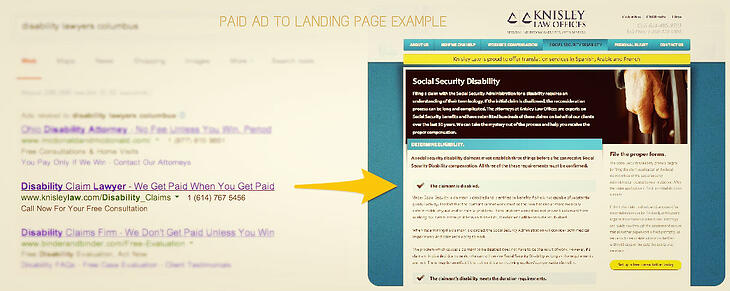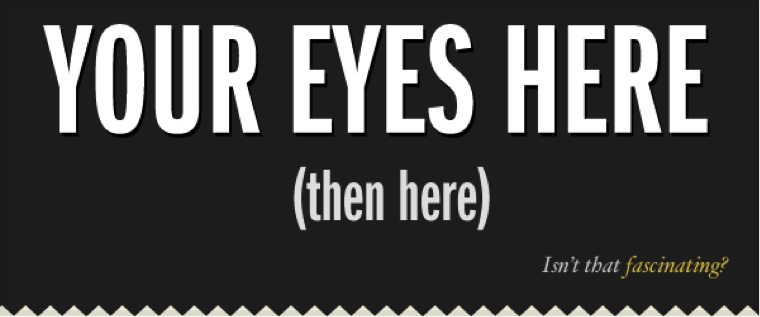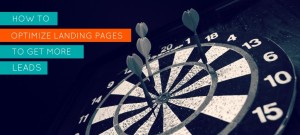The 5 Necessary Elements of a Perfect PPC Landing Page
A finely-tuned paid campaign has two strong anchor points: the ad itself, and a corresponding landing page. In turn, the landing page needs 5 necessary components to be successful. Allow us to tell you!
The ad itself is often your first online impression to potential customers. To be effective, it must be well-organized and get its point across in very few words.
A strong PPC ad will highlight the top selling points of a particular product or service, include a clear call to action, and is regularly tested and refined to ensure optimal performance.

Getting people to click is one thing. Getting them to act requires a similar path.
The landing page tied to your paid ad campaign does most of the heavy lifting when it comes to conversion. The elements that make a great ad also serve to create a finely-tuned PPC landing page that influences conversion behaviors. No matter what you’re selling, your landing page should always keep these key factors in mind.
Relevance is Relevant
A highly relevant landing page improves keyword and ad performance. Keyword quality scores, ad positions, and cost are all affected by the relevance of your landing page to your campaign. The more Google trusts your page, the higher you’ll rank and the less you’ll pay for clicks!
To create an extremely relevant landing page, you will need to tailor its' content to your audience and the specific elements of your ad campaign. Implement some of these best practices to increase your landing page relevancy:
- Use your top performing paid search keywords in text on the page.
- Only highlight the product or service promoted in the ad.
- Ensure that your calls-to-action are aligned with the copy on your ad (for example, if your the copy on your ad tells visitors to "Register Online", the call to action on your landing page should do some variation of the same, rather than telling visitors to "visitor our office to register.")
A strong landing page should also use design elements that appeal to the target audience. For example, if you are running a PPC campaign targeting rugged outdoor apparel to 30-year-old men, a black and green color scheme will likely convert at a much higher rate than a pink and white one.
Less is more
Unless your PPC ads are intended to get users to read your online novel, your landing page should be designed with brevity in mind. A strong landing page communicates directly, simply, and beautifully to inspire the desired actions from your visitor. Research proves this out - pages that get their point across with just a few short lines of text convert at a much higher rate than those with multiple paragraphs.
When organizing the content for your PPC landing page, keep the following questions in mind:
- What do I need to say on this page?
- What will distract my visitor and keep them from taking the action I want them to take?
- Are the directions on this page clear?
- Is there anything on the page that doesn't add value to what I want to communicate?
Again, design can play a critical role in helping you minimize content while maximizing engagement. Relevant, quality images and videos are your best friend when trying to cut down on page copy. Use them to creatively display information graphically rather than rambling on for multiple paragraphs.
Simple navigation, easy to understand and to complete conversion forms, and minimal on-page distractions (such as unnecessary links or popup windows to other pages on the site) are all key in designing simple and effective landing pages.
Information Hierarchy
Every word and element of a landing page is not created equally. Web pages abide by the same visual hierarchy principles as every other visible object in our world:
To put it technically, this means that elements with the highest contrast to their surroundings are recognized first. To put it simply, make sure your strongest message is the most immediately recognizable element on your page.
An effective landing page uses size, color, alignment and various other visual contrast methods to guide viewers through the information in a systematic manner. Important information, such as price or product differentiators, should stand out. Think about the ideal path that you want viewers to take on your page and align/design page elements in a way that seamlessly guides them down it.
Mobile Matters
A stellar landing page should look great and function correctly in all web browsers and devices that your audience will use to view it - and this definitely includes mobile. As mobile web traffic continues to grow, mobile-friendly landing pages have become increasingly important to the success of PPC campaigns.
To make the most of mobile, consider the following:
- Implement responsive web design so that your landing page automatically adapts to various devices and screen sizes.
- Keep your content brief to ensure that it is friendly to mobile viewers.
- Use strong, relevant visuals that will help to get your message across, even on mobile.
Brevity, information hierarchy, and strong calls-to-action are especially important on mobile devices. Always test your page on all of the devices on which it will be running to make sure the mobile user experience is a smooth one. Your goal should be to create short and clear paths to conversion, giving your landing page a friendly feel for mobile users.
Test, Test, Test
Just as A/B testing is essential to continuously improving PPC ad performance, it is also an invaluable practice for landing pages. Unless your page converts 100% of the time all of the time, there is always room for improvement!
Testing your landing page composition and structure can be deeply revealing. Frequently improve the conversion strength of your page by testing:
- Different colors on call-to-action buttons.
- Variations in headline text colors and fonts.
- Text and image placement on the page.
- Variations in headline and call-to-action wording.
The more you test, the better you will understand what works and what doesn’t and the better your landing pages will ultimately perform.
Getting Them Beyond Landing
One of the most critical - yet often neglected - elements of a strong paid campaign is a thoughtfully created landing page. Getting your potential customer to click on your ad is one thing - getting them to take the action you want means applying the science of a paid ad into a targeted and relevant landing page. Keep the five critical elements of a PPC landing page in mind, and you'll have a cohesive and converting campaign that drives results for your business.




